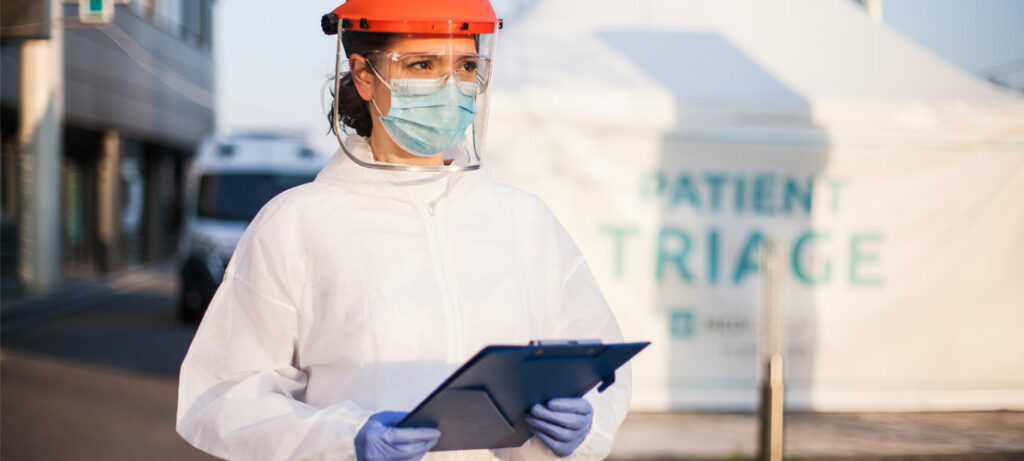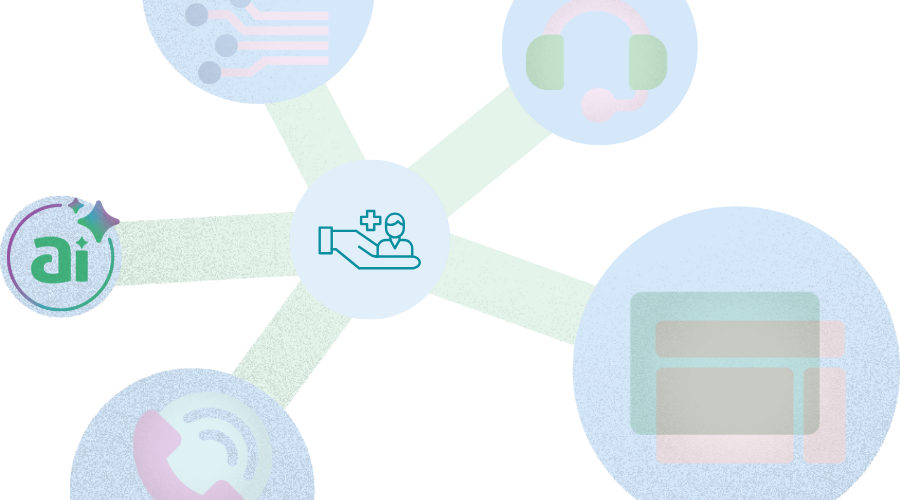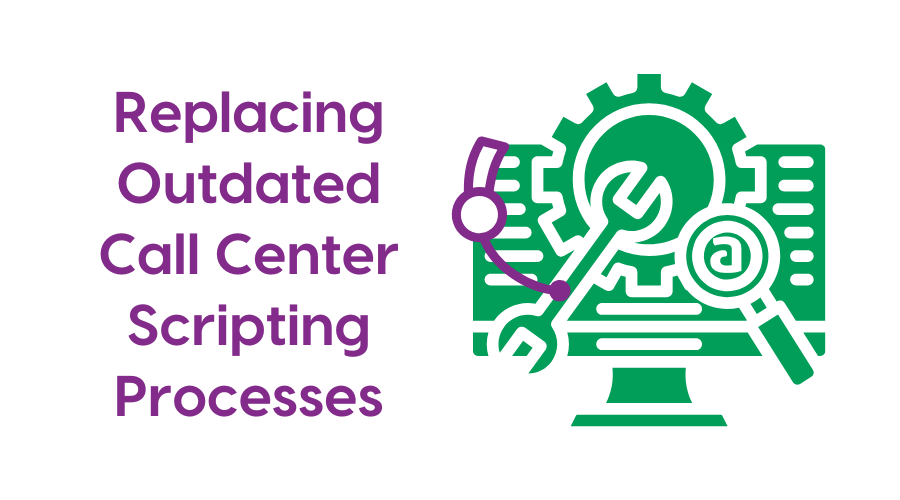Streamlined communication is always beneficial, but when a crisis hits, efficient, accurate communication is absolutely essential. The COVID-19 pandemic created a unique crisis in communication. Hospitals and other healthcare organizations without a strong foundation on the technical side of communication faced greater challenges. Others quickly adapted to a “new normal,” turning to reliable HIPAA compliant methods of communication that bridged the gap formed by social distancing necessity.
The following are three essential communication lessons learned from COVID.
1) Contactless communication is essential, and it must be efficient and secure.
The most efficient way medical teams and care providers communicate is usually in person, during patient hand-offs and shift changes. But during a crisis, it’s not always possible to get everyone together in the same place, whether that’s due to limited staffing or the need to restrict in-person gatherings. During the first and second waves of the COVID-19 pandemic, both reasons forced medical centers to look for replacements to their typical group communication methods.
Group emails and mass texts were some of the first methods clinics used to quickly share information with a group. However, it soon became clear that those forms of communication were too inefficient and insecure to be reliable.
First, in emergency and crisis situations, the message sender needs to know if and when their message has been received. Otherwise, valuable time is wasted waiting for a reply. Unfortunately, read receipts are not guaranteed with emails and texts. Important emails and messages easily get lost or are put aside to respond to later.
Lesson learned: Staff—both medical and non-medical—who could use their own devices to send and receive secure messages were more efficient than those who relied on email or traditional paging technology.
2) Make information securely accessible from anywhere.
In the initial wave of COVID-19, America’s urban centers struggled to handle the thousands of daily positive cases and overflowing ICUs. To prevent physicians from being exposed and forced to quarantine — or to enable quarantined physicians to participate remotely in patient care and decision making — hospitals set up virtual command centers and bunkers. Everything from staying in touch with care teams to managing data entry needed to be done remotely.
Hospitals whose EHRs and communication systems that were only accessible over a local network struggled to make the best use of their bunkered physicians. But medical teams who relied on secure messaging systems that used mobile data or wi-fi weren’t hindered by location.
Lesson learned: Make the most of remote and bunkered physicians by simplifying access to secure messaging from anywhere.
3) Prioritize accuracy and speed with EHR integrations and automations.
It’s a given that contactless communication can reduce the threat of transmission and save on valuable personal protective equipment (PPE). But reducing in-person communication can come at the cost of accuracy. When pressed for time, numbers or letters can be transposed. Hurried messages can be mistyped and misunderstood. Important details can be missed.
To save time and to improve accuracy in communication, many successful teams encouraged their staff to use pre-written messages and phrases, such as “I can respond in 5 minutes” or “I am unable to respond.” Simplified quick phrases like these reduce the mental load on already busy and stressed care teams, enabling faster replies and allowing them to focus on the task at hand. Guided scripting also helps care team members follow protocols and give the most up to date details.
Another way that medical staff streamlined communication was by using EHR integrated messaging. Instead of re-typing PHI, integrated messaging apps pre-filled patient data through HL7 connections. This also reduced the need for physical document sharing.
Lesson learned: Improve work flows by automating information sharing and offering quick phrases for immediate replies.
Crises have a way of pinpointing areas of weaknesses, especially in communication. Medical centers who prioritized using streamlined secure messaging apps during the COVID-19 pandemic were able to safely handle the influx of patients and rapidly changing information without compromising patient confidentiality.





